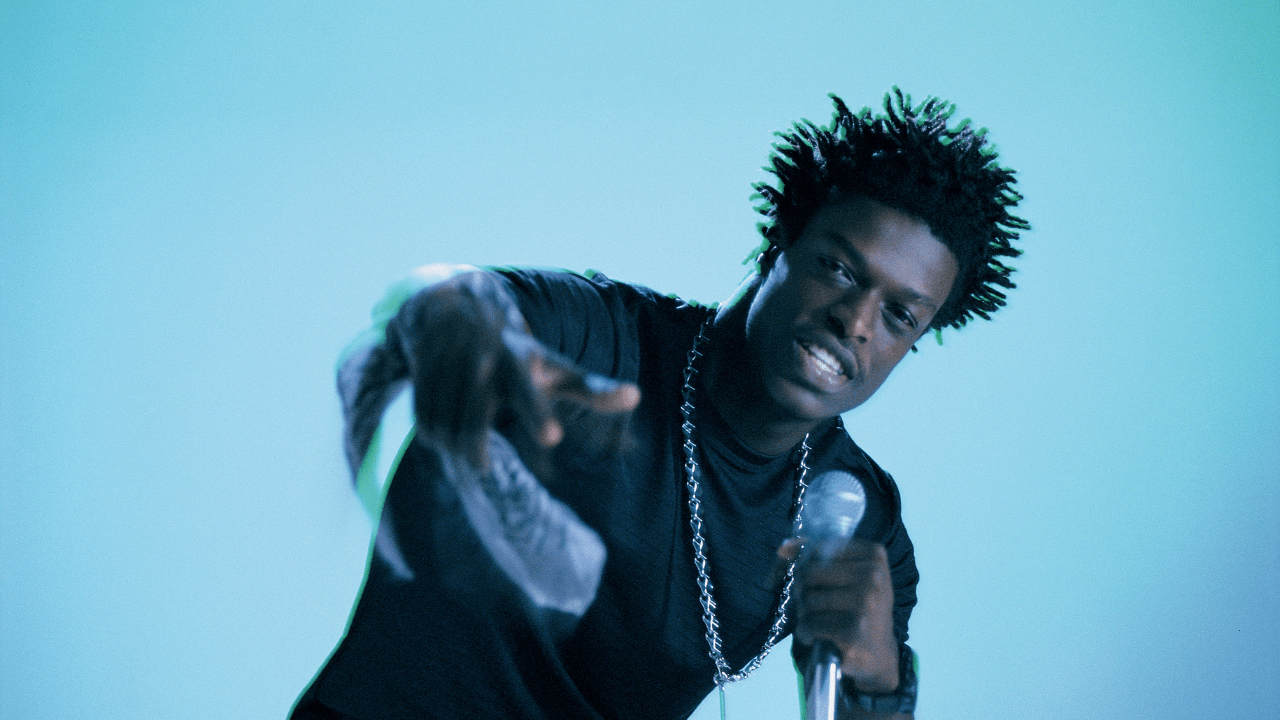Rap is more than just words over a beat; it’s an expressive art form rooted in rhythm, storytelling, and creativity. Whether you dream of becoming the next big rapper or want to improve your skills, learning how to rap can be an exciting journey. With practice, dedication, and the right guidance, anyone can step up to the mic and spit bars with confidence.
This blog will walk you through everything you need to know about rapping. From understanding rhythm to writing impactful lyrics, you’ll discover how to make your voice heard in the world of hip-hop.
The Basics of Rapping
Rapping, short for “rhythm and poetry,” is a form of musical expression that blends spoken or chanted lyrics with a rhythmic backing track. Before you dive deep into learning how to rap, it’s essential to understand its foundational elements:
- Flow
Flow refers to the way words are delivered in rhythm with the beat. A good flow captures attention and keeps listeners engaged. - Rhythm
Every great rap follows a rhythm, whether it’s fast-paced or slow and steady. - Lyrics
Strong lyrics are the backbone of rap. They can be personal, political, playful, or poetic. - Delivery
How you project your voice, emphasize words, and convey emotion sets your style apart.
If you’re serious about mastering rap, focus on improving each of these areas.
Step 1: Find Your Voice
To learn how to rap, start by finding your unique voice. Your voice is your identity as a rapper. Some tips to help you discover it:
- Experiment with Tones: Try rapping in different tones and pitches to see what feels natural.
- Listen to Yourself: Record your voice and analyze how it sounds.
- Be Authentic: Don’t mimic someone else’s style. Authenticity is key in rap.
Step 2: Study Rap Legends
Learning from the best can inspire and guide you. Listen to rappers from different eras and styles. Pay attention to their:
- Wordplay and metaphors.
- Use of rhythm and beats.
- Flow and transitions.
Legends like Tupac, Biggie Smalls, Eminem, and Jay-Z are excellent examples to study. Contemporary artists like Kendrick Lamar and J. Cole showcase how rap evolves while staying true to its roots.
Step 3: Write Your First Rap Verse
Writing is a crucial step in learning how to rap. Start by jotting down your thoughts, feelings, or stories. Here’s a simple process to follow:
- Choose a Theme: Decide what you want your rap to be about.
- Brainstorm Rhymes: Use rhyme dictionaries or apps to expand your vocabulary.
- Structure Your Verse: A standard rap verse consists of 16 bars, each with 4 beats.
- Play with Wordplay: Use metaphors, puns, and alliteration to make your lyrics stand out.
Step 4: Practice Freestyling
Freestyling is rapping without pre-written lyrics. It’s an essential skill for every rapper. To practice:
- Choose a random word and build a rap around it.
- Rap along with a beat, improvising your lyrics.
- Don’t fear mistakes; freestyling is all about learning on the go.
Step 5: Perfect Your Flow
Flow is what ties your lyrics to the beat. To improve your flow:
- Practice with a metronome to maintain rhythm.
- Listen to instrumentals and match your delivery to the beat.
- Break down verses from your favorite rappers to understand their flow patterns.
Step 6: Record Yourself
To truly learn how to rap, record yourself frequently. Recording helps you:
- Identify areas for improvement.
- Experiment with different styles and techniques.
- Build confidence in your delivery.
Use basic recording equipment or free apps to start.
Step 7: Perform with Confidence
Rapping isn’t just about what you say; it’s also about how you say it. When performing:
- Maintain eye contact with your audience.
- Use gestures to emphasize key lyrics.
- Project your voice clearly and confidently.
Performing live will help you connect with listeners and refine your stage presence.
Step 8: Collaborate and Network
Collaboration is a great way to grow as a rapper. Work with other artists, producers, or beatmakers to expand your skills. Networking in the music community opens doors to opportunities and feedback.
Tools to Help You Learn How to Rap
There are many tools and resources to help aspiring rappers:
- RhymeZone: A popular online rhyme dictionary.
- RapPad: An app to write and share rap lyrics.
- BeatStars: A platform to find beats for your raps.
- YouTube Tutorials: Tons of free content to teach rap basics.
The Importance of Consistency
Consistency is key when learning how to rap. Set aside time daily to write, practice, and refine your skills. Even 30 minutes a day can make a huge difference over time.
The Evolution of Rap
Rap has evolved from its roots in the Bronx to a global phenomenon. Learning how to rap connects you to a rich history of culture and creativity. As you grow, remember to honor the art form while finding your unique voice within it.
Final Thoughts
Learn how to rap is a journey of self-expression, creativity, and growth. With dedication, anyone can master the art of rapping. Start small, practice often, and never stop pushing your limits. Whether you aim to freestyle at parties or take center stage, the world of rap is ready for your voice.
Related Articles:
For further reading, explore these related articles:
- Rapper Look: Tips to Master the Ultimate Rap Style
- Rapper Kaise Bane | Ek Complete Guide Rap Career Ke Liye
For additional resources on music marketing and distribution, visit Deliver My Tune.






